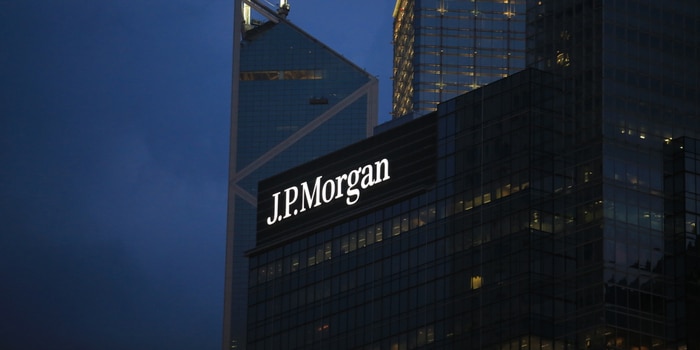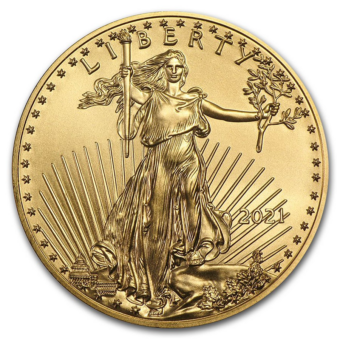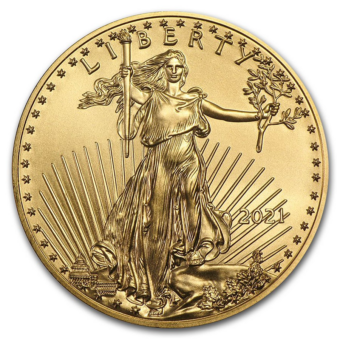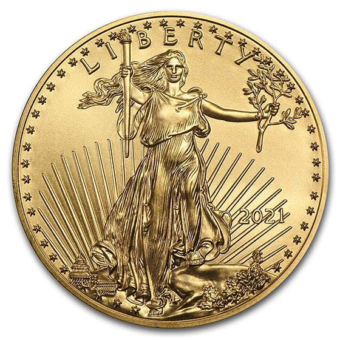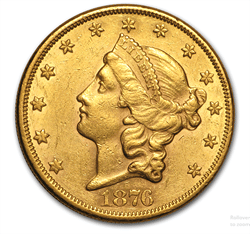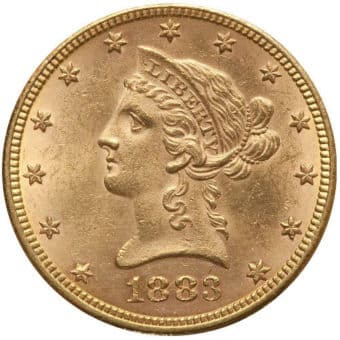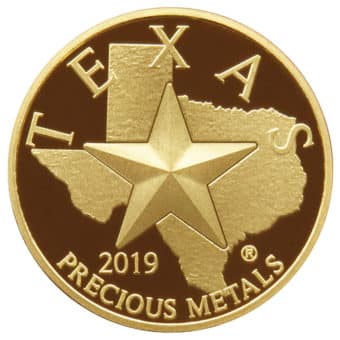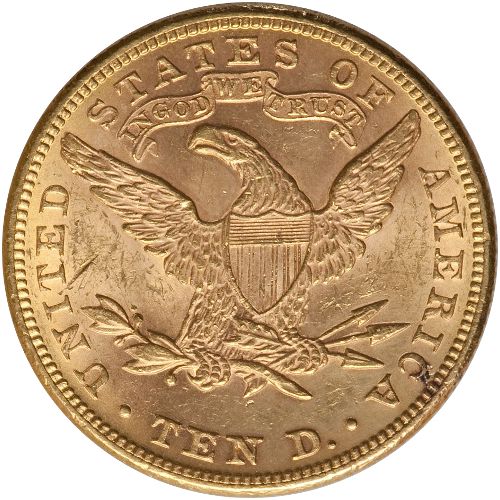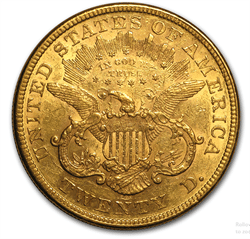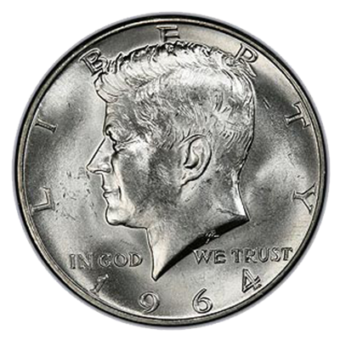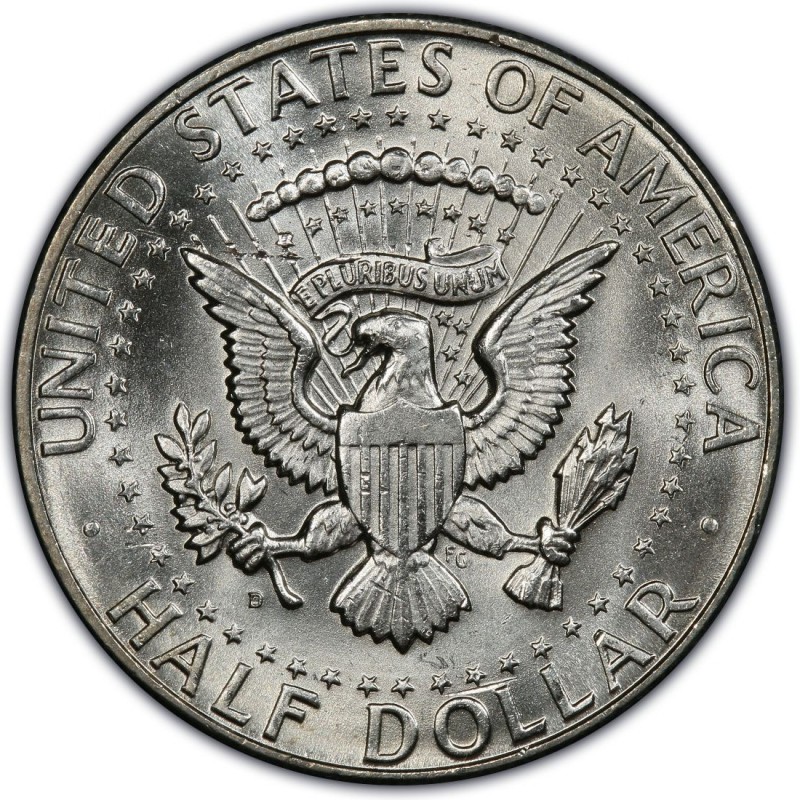A Daily Journey Through the Week's Market
Monday - 8.05.24: Gold prices dropped by 1.53%, closing at approximately $2,404.58 per ounce. Silver also saw a significant decline, falling by 4.63% to close at $27.25 per ounce. This decrease was primarily attributed to a panicky marketplace reacting to weak economic data and heightened recession fears in the U.S.
Tuesday - 8.06.24: The market saw a slight recovery. Gold prices edged up slightly, while silver prices remained relatively stable. This stabilization was influenced by mixed economic signals and a modest rebound in U.S. equities following a significant selloff the previous week. Investors were cautious but engaged in dip-buying, particularly in the technology sector, which helped buoy market sentiment.
Wednesday - 8.07.24: Gold prices showed a slight increase, closing at $2,384.92 per ounce, up by 0.04%. However, silver prices continued to decline, closing at $26.65 per ounce, down by 0.72%. The market was affected by ongoing concerns about global economic stability, with investors continuing to seek safe-haven assets amid volatile market conditions.
Thursday - 8.08.24: Gold prices rose due to a weaker dollar and shaky stock market. Asian and European indexes were mostly lower, while U.S. indexes were mixed. China's central bank hasn't bought gold in three months, reducing sovereign demand. Geopolitical tensions in the Middle East, especially between Israel and Iran, could impact the market.
Friday - 8.09.24: Gold is slightly up and silver slightly down as traders pause, awaiting key events like U.S. inflation data or geopolitical developments to drive market action. Asian and European stocks were mostly firm, while U.S. indexes pointed to a slightly lower open after a strong rally Thursday. In other news, China's inflation data was mixed, and tensions in the Middle East remain high with concerns of potential military action.
Jobless Claims Drop, Boosting Market Sentiment
The news: Weekly jobless claims fell to a seasonally adjusted 233,000, down 17,000 from the previous week and lower than the expected 240,000. The report provided a positive signal for the labor market.
Why it matters: The decline in jobless claims suggests resilience in the labor market, easing fears of a potential recession and boosting investor confidence.
By the numbers:
- Initial claims: 233,000, beating expectations.
- Continuing claims: Rose to 1.875 million, the highest since November 2021.
- Four-week average: Increased to 240,750, the highest in nearly a year.
Market reaction: Stock futures turned sharply positive following the release, while Treasury yields held steady.
Context: Recent disruptions from Hurricane Beryl and auto plant shutdowns had pushed claims higher, but the latest data indicates these were temporary effects.
Looking ahead: Traders anticipate the Federal Reserve might cut interest rates in September, with some predicting a significant reduction by year-end.
Gold’s Bounce Back
Gold prices surged over 1% on Thursday, ending a five-session losing streak. The rally comes as investors flock to safe-haven assets amid rising hopes for a substantial rate cut by the Federal Reserve in September.
- The Numbers: Spot gold jumped 1.8% to $2,423.25 per ounce, while U.S. gold futures closed 1.3% higher at $2,463.3.
- What’s Driving It: Investors are seeking stability, shifting from risk assets to gold. The metal’s outlook remains strong, with further volatility expected depending on the Fed’s moves. A potential 50-basis-point rate cut could spark more gains in the metals market.
- Geopolitical Tensions: The recent killing of Hamas and Hezbollah leaders has raised fears of retaliatory actions by Iran, adding another layer of uncertainty that benefits gold.
- Market Sentiment: Brokerages like J.P. Morgan and Citigroup now see a 72% chance of a 50-basis-point cut in September, up slightly from earlier in the week. Additional cuts could follow in December.
Other metals followed suit, with silver climbing 3.4%, platinum up 1.4%, and palladium gaining 4.1%.
BRICS: U.S. Faces High Recession Risk After Market Crash
The news: The U.S. is at its highest risk for a recession following a $2 trillion stock market crash, driven by global concerns over its financial state. This crash coincides with BRICS nations' efforts to shift global finance away from the West, impacting the dollar.
Why it matters: The recent market turmoil signals potential for a hard landing for the U.S. economy, a scenario experts have long feared. Japan’s stock market also suffered its largest single-day loss ever, heightening global economic anxiety.
Key points:
- Market reaction: Dow Jones dropped over 1,000 points in premarket trading.
- Interest rates: Still at a 23-year high, adding to economic strain.
- Recession risk: Goldman Sachs increased the probability of a recession from 15% to 25% within the next year.
Context: Chief global economist for Piper Sandler, Nancy Lazar, highlighted that the trend of rising jobless data is not a one-month anomaly but a continuing pattern. This increases the likelihood of a recession, potentially aiding BRICS' de-dollarization goals and challenging the U.S. dollar’s reserve status.
The bottom line: The U.S. faces significant economic challenges, with rising recession risks potentially altering the global financial landscape in favor of BRICS nations.
Gold Rises as Jobless Claims Drop
The news: Gold prices are nearing session highs after U.S. weekly jobless claims fell to 233,000, beating expectations. The Labor Department reported a seasonally adjusted decrease of 17,000 claims for the week ending August 3, surpassing the forecasted 240,000. The previous week's claims were revised up slightly to 250,000.
Why it matters: The drop in jobless claims indicates a strengthening labor market, which can impact investor sentiment and market trends. Gold, a traditional safe-haven asset, saw increased demand following the positive economic data.
By the numbers:
- Spot gold: Last traded at $2,410.38 per ounce, up 1.16%.
- Session high: $2,415.60, reached just before the data release.
- Four-week moving average of claims: Increased to 240,750 from 238,250.
- Continuing jobless claims: Rose to 1.875 million, slightly above expectations and up from the previous week’s revised level of 1.869 million.
The bottom line: Investors are closely monitoring labor market indicators for signs of economic health, with gold prices reflecting the latest improvements in jobless claims.
What's next: Ongoing labor market reports and economic data will continue to influence gold market trends.
War Drums in the Middle East
The stock market rebounded today after yesterday’s dip, but don’t be fooled into thinking the rally will continue. Red flags are everywhere, even if Wall Street prefers to ignore them.
Meanwhile, a major story is brewing that could have far-reaching consequences: a looming Middle East conflict with global market implications.
- What’s Happening: Iran is poised to take strong military action against Israel, possibly any day—or minute—now. This comes in response to two high-profile Israeli assassinations: one in Lebanon targeting a Hezbollah leader, and another in Tehran that killed Hamas political leader Ismail Haniyeh.
- The Stakes: Iran has promised “harsh” revenge, ignoring pleas from neighboring Arab states and the U.S. to keep its response measured. Given the recent history of Israeli-Iranian clashes, this time Iran is unlikely to hold back.
- What’s Next: Expect a significant escalation, potentially involving missile strikes and drone attacks, with the possibility of Hezbollah opening a second front from Lebanon. The U.S. is already sending military reinforcements to the region, raising the risk of getting pulled into the conflict.
- Bigger Picture: Israel’s aggressive moves highlight the consequences of weak U.S. leadership under Biden. With the administration’s focus on a Gaza ceasefire and hostage deal now in tatters, the situation could spiral into a full-blown war—driving up oil prices and potentially tipping the U.S. into a deep recession.
Get ready for turbulence ahead. This could be just the beginning.
BRICS: JP Morgan CEO Warns of U.S. Recession
The news: JP Morgan CEO Jamie Dimon predicts a U.S. recession, sending stock markets tumbling. The Dow Jones dropped over 1,000 points, wiping out $2 trillion in wealth. BRICS nations, including India, China, Russia, and G7 member Japan, also saw their markets fall.
Why it matters: Dimon’s recession warning adds to market instability, with the odds of a “soft landing” for the U.S. economy at just 35% to 40%. This prediction aligns with BRICS' efforts to reduce dependency on the U.S. dollar, potentially exacerbating economic challenges.
Key points:
- Market reaction: Brief recovery on Tuesday; ended in the red on Wednesday.
- Recession odds: Higher likelihood of a U.S. recession impacting global markets.
- Factors in play: Geopolitics, deficits, housing issues, global conflicts.
Context: Dimon highlights that while the U.S. might weather a recession, BRICS economies could face harsher impacts.
The bottom line: The global economy faces significant uncertainty, with potential repercussions for the U.S. and BRICS nations alike.
Next Week’s Key Events
Monday, August 12
- No reports scheduled
Tuesday, August 13
- 8:30 am: Producer Price Index (July)
Wednesday, August 14
- 8:30 am: Consumer Price Index (July)
Thursday, August 15
- 8:30 am: Initial Jobless Claims (August 10)
- 8:30 am: Empire State Manufacturing Survey (August)
- 8:30 am: Philadelphia Fed Manufacturing Survey (August)
- 8:30 am: S. Retail Sales (July)
- 9:15 am: Industrial Production and Capacity Utilization (July)
Friday, August 16
- 8:30 am: Housing Starts and Building Permits (July)
- 10:00 am: Consumer Sentiment (prelim) (August)
- 10:00 am: Home Builder Confidence Index (July)
IMPACT ON PRECIOUS METALS MARKETS
Producer Price Index (PPI) (July): Measures the average change over time in the selling prices received by domestic producers for their output. Higher PPI can signal rising inflation, potentially boosting demand for gold and silver as inflation hedges.
Consumer Price Index (CPI) (July): Tracks changes in the price level of a basket of consumer goods and services. A higher CPI indicates higher inflation, which can increase demand for precious metals as a store of value.
Initial Jobless Claims (August 10): Represents the number of individuals filing for unemployment benefits for the first time. Higher claims can indicate economic weakness, potentially increasing demand for safe-haven assets like gold and silver.
Empire State Manufacturing Survey (August): Assesses the level of manufacturing activity in New York State. Strong manufacturing data can boost economic confidence, potentially reducing demand for precious metals.
Philadelphia Fed Manufacturing Survey (August): Similar to the Empire State survey but focuses on the Philadelphia region. Its impact on precious metals is analogous to that of the Empire State survey.
U.S. Retail Sales (July): Measures the total receipts of retail stores. Strong retail sales can indicate a healthy economy, potentially reducing the appeal of safe-haven assets.
Industrial Production and Capacity Utilization (July): Indicates the output of the nation’s factories, mines, and utilities, and the extent to which they are being utilized. High production levels can signal economic strength, potentially decreasing demand for gold and silver.
Housing Starts and Building Permits (July): Tracks new residential construction activity. Higher numbers can indicate economic growth, potentially reducing demand for precious metals.
Consumer Sentiment (prelim) (August): Gauges consumer confidence in economic activity. Higher sentiment can reduce demand for gold and silver as consumers are more likely to spend and invest in riskier assets.
Home Builder Confidence Index (July): Measures builder confidence in the market for newly built single-family homes. Higher confidence can signal economic strength, potentially reducing the appeal of precious metals.


